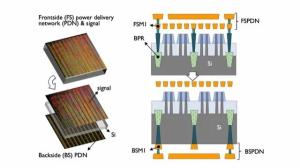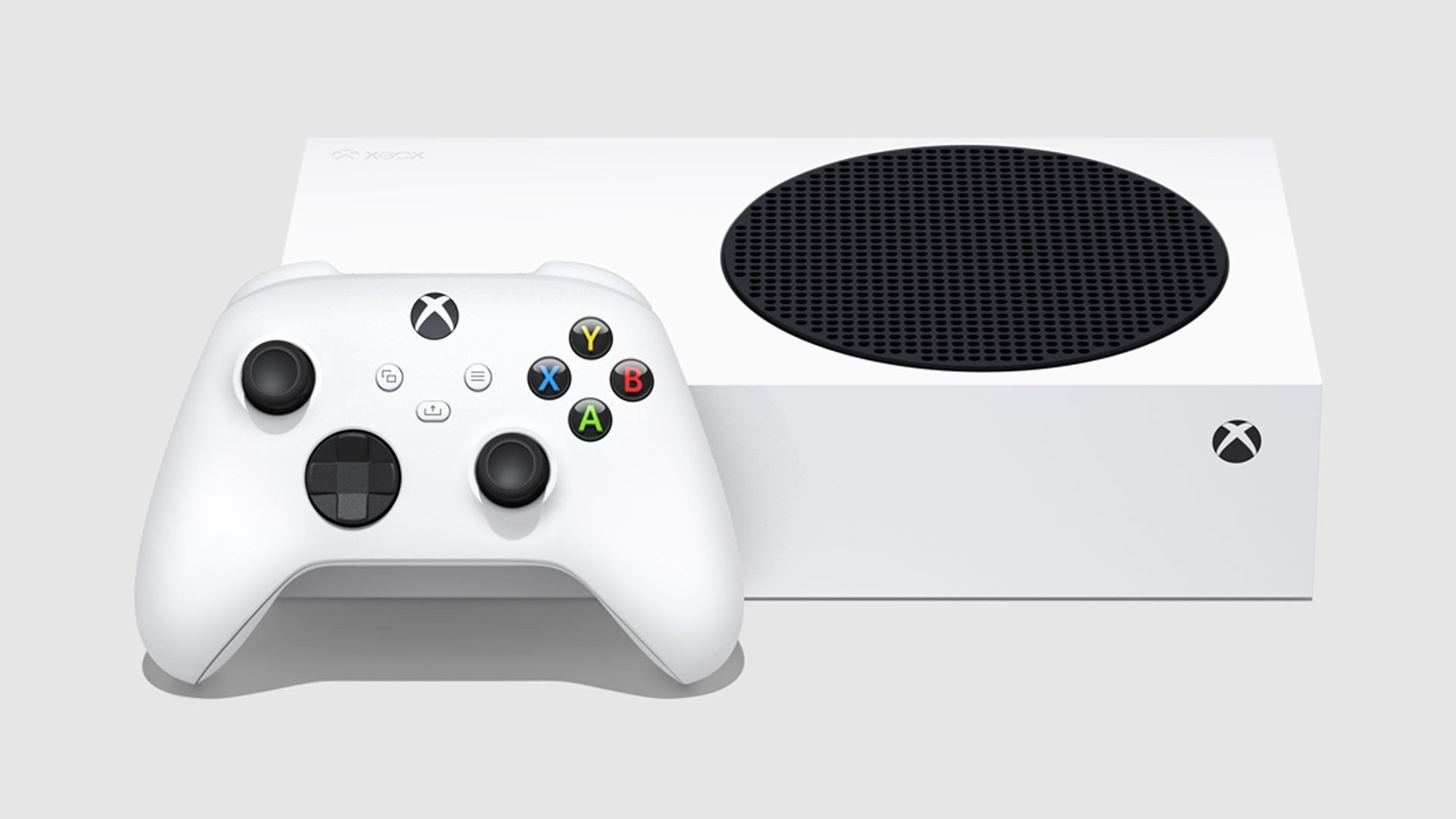So, it looks like Drake has a
File Decompression Engine, a new piece of hardware which isn't on Orin.
A while ago after it was found out that Drake is using an 8 core CPU from a Linux commit message, I had a browse around myself and found
some differences in some of the hardware blocks between Orin and Drake. Most of these are pretty understandable (removing automotive-focussed hardware), but one of them has stuck in my brain for a while, which is that there's a new block on Drake that's not on Orin, labelled FDE. I find this interesting because if it's on Drake but not on Orin, it would likely be something requested by Nintendo, or at least something that's of particular usefulness for a games console.
I just found
a commit which solves the conundrum. The commit message simply reads:
I've also found a LinkedIn profile of a Nvidia employee which mentions FDE being "File Decompression Engine for games". I won't share it here, as I don't really feel comfortable posting links to random people's social media on public forums, but you can find it easily enough if you search. In any case, if the block is on Drake but not Orin, then it's not a huge leap to say it's for games.
A File Decompression Engine makes a lot of sense for a games console. Decompressing files as they're read from disk has a significant CPU overhead, something Nintendo are clearly well aware of, as Switch features a CPU boost mode specifically for improving loading times. It's a clear win for a fixed-function block like this, as modern game engines are constantly loading (and decompressing) assets from disk, and doing so on dedicated hardware will be more efficient in terms of transistors and power than throwing more CPU cores at it. Sony have gone this route with the PS5, where they've licensed both an algorithm and the hardware IP from an external source, whereas Nvidia seem to have done this in-house.
I think this is a pretty good sign for the next Switch. I've been saying
for quite a while that dedicated decompression hardware would be a sensible thing to add to the new console, so it's good to see Nintendo and Nvidia thinking along the same lines. Of course it doesn't mean anything like PS5 load speeds, and we're still going to be limited by the read speeds of game cards, internal storage and removable storage, but it suggests Nintendo are serious about improving load speeds and decreasing CPU overhead of asset streaming. Which bodes well for them also using faster storage media too.






